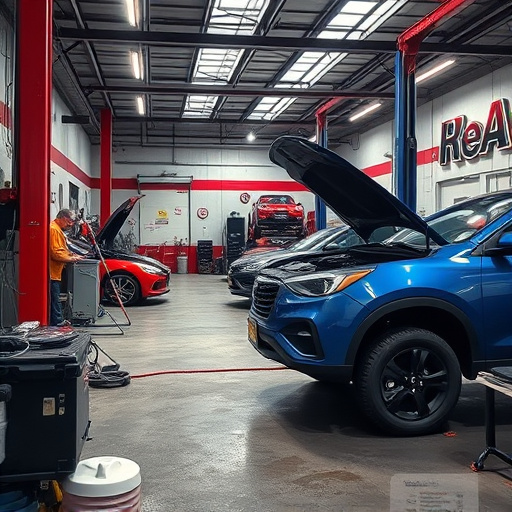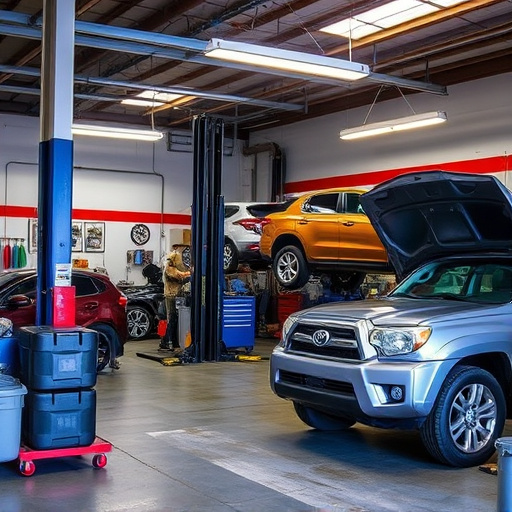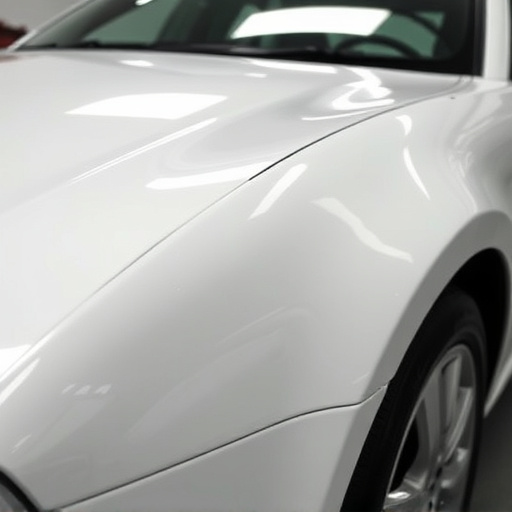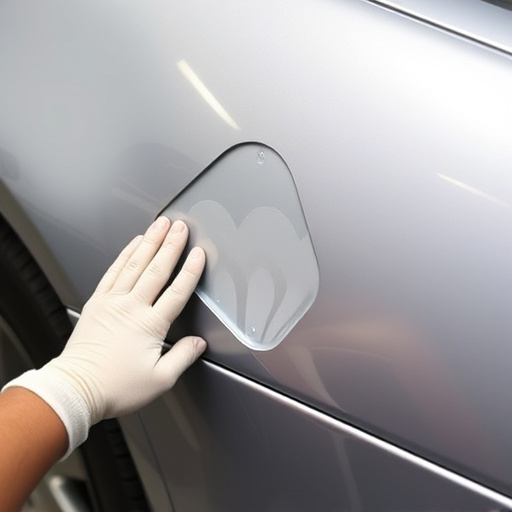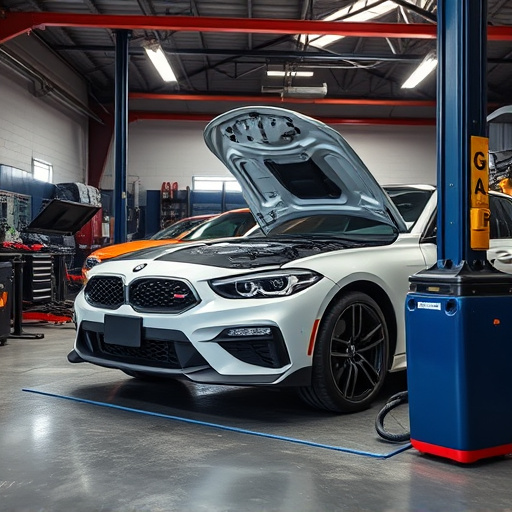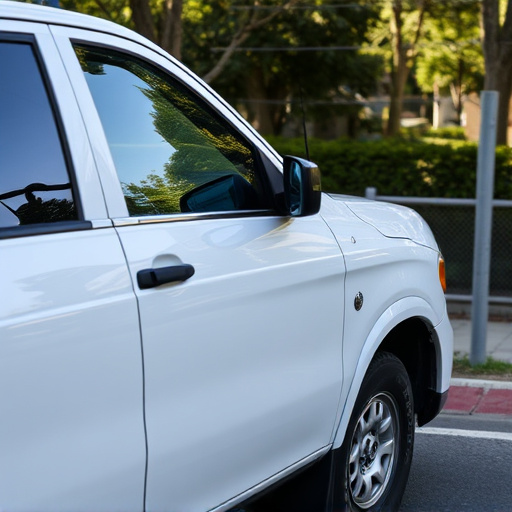Tesla body computer reset is a solution for interior function issues in Tesla vehicles caused by software conflicts, sensor failures, or extreme temperatures. Using an OBD-II scanner and specialized software, access the body computer through the diagnostic port, follow a guide to reset it, then conduct post-reset checks on features like window defrosters, seat heaters, Bluetooth connectivity, and address persistent issues with troubleshooting.
Tesla vehicles are renowned for their cutting-edge technology, but like any complex system, the car’s body computer can encounter issues. This article guides you through the process of resetting your Tesla’s body computer to restore interior functions. We’ll cover common problems, provide a step-by-step reset procedure using essential tools, and offer post-reset checks and troubleshooting tips. By following these simple steps, you’ll be back on the road with a revitalized in-cabin experience.
- Understanding Tesla Body Computer Issues
- Tools and Steps for Resetting the System
- Post-Reset Checks and Common Troubleshooting
Understanding Tesla Body Computer Issues
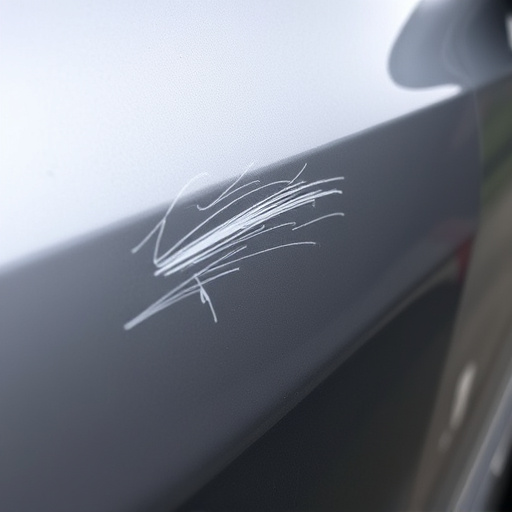
Tesla vehicles are known for their advanced technology and innovative features, but like any complex system, they can also experience issues with their body computers. The Tesla body computer reset is a crucial process designed to address problems related to the vehicle’s interior functions. These issues might manifest as faulty power controls, misaligned seats, or even communication problems between different modules.
Understanding Tesla body computer problems requires recognizing that these vehicles rely heavily on computerized systems for various tasks, from controlling climate settings to managing seat adjustments and entertainment systems. Over time, glitches can occur due to software conflicts, sensor failures, or external factors such as extreme temperatures. Luckily, a simple Tesla body computer reset can often resolve these problems, similar to how a reboot refreshes your computer’s performance. This process involves accessing the vehicle’s diagnostics system and reinitializing the body computer, effectively clearing any anomalies and restoring optimal functionality in both interior and exterior features, much like how dent removal and vehicle body repair in automotive repair shops fix physical damage to restore a car’s aesthetic and operational integrity.
Tools and Steps for Resetting the System
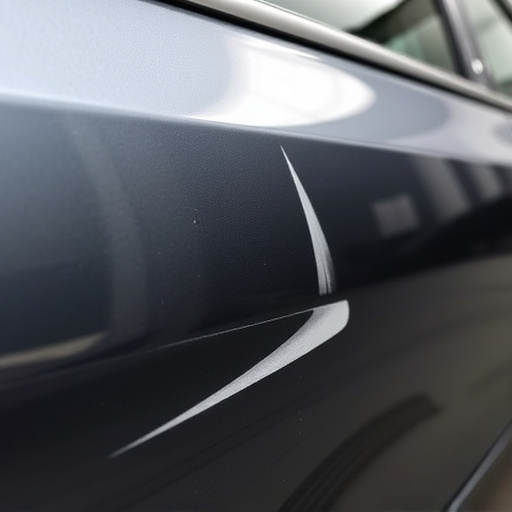
To perform a Tesla body computer reset for interior function recovery, you’ll need a few specific tools and a systematic approach. Begin by gathering an OBD-II scanner compatible with Tesla vehicles, along with a laptop equipped with the necessary software to access and reset the car’s onboard computers. These tools enable you to diagnose and rectify issues within the vehicle’s complex network of computer systems, which control various functions from climate control to door locks.
The process involves connecting the OBD-II scanner to your Tesla’s diagnostic port, typically located under the steering wheel. Once connected, launch the appropriate software on your laptop, which will detect and display the car’s body computer. From there, follow a step-by-step guide to reset the system, ensuring each command is executed precisely. This may include selecting specific modules, erasing fault codes, and reconfiguring settings. Effective Tesla body computer resets can restore functionality in vehicle bodywork, addressing issues stemming from faulty interior components or malfunctioning automotive repair systems.
Post-Reset Checks and Common Troubleshooting

After performing a Tesla body computer reset, it’s crucial to conduct thorough post-reset checks to ensure the successful recovery of interior functions. This includes verifying that all controls and displays operate as expected, such as window defrosters, seat heaters, and infotainment systems. Additionally, test the vehicle’s communication with external devices like smartphones via Bluetooth connectivity.
If issues persist, common troubleshooting steps can help identify problems. Check for loose connections, particularly around the dashboard and door panels, where collision damage repair or bumper repair might have left traces. Inspect electrical components for signs of wear or damage, ensuring they are securely fastened. In some cases, updating the vehicle’s software through its diagnostic port may resolve glitches, much like an automotive restoration process revitalizes a classic car.
A Tesla body computer reset can effectively resolve various interior function issues. By understanding common problems, having the right tools, and following detailed steps, owners can independently perform this procedure. Post-reset checks ensure optimal performance, making regular maintenance a valuable practice. Armed with knowledge of Tesla body computer reset techniques, folks can troubleshoot and enhance their vehicle’s overall functionality.
